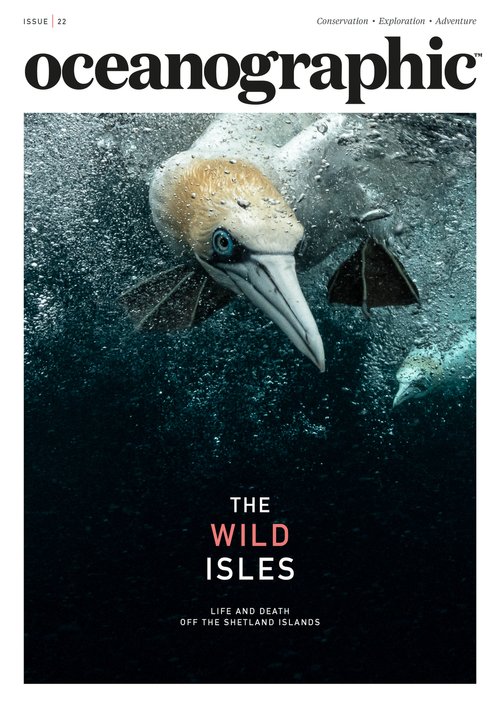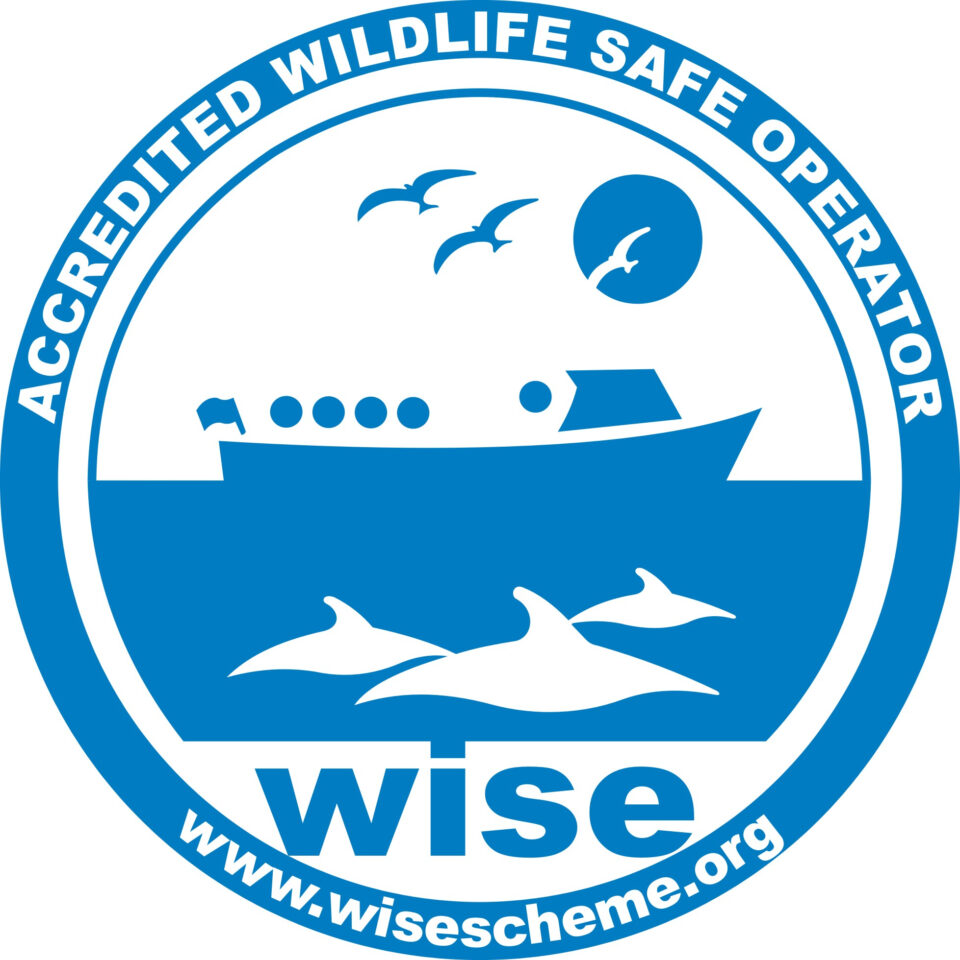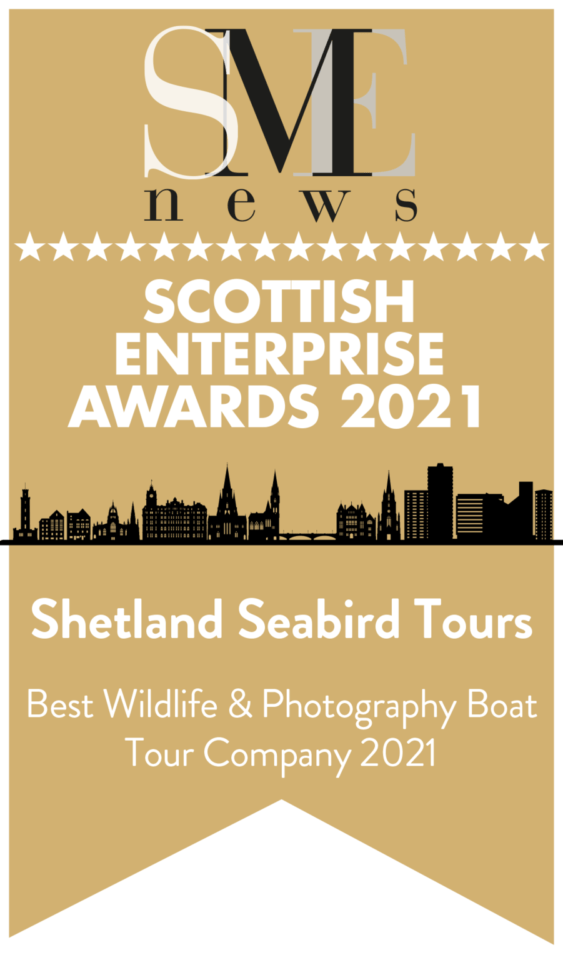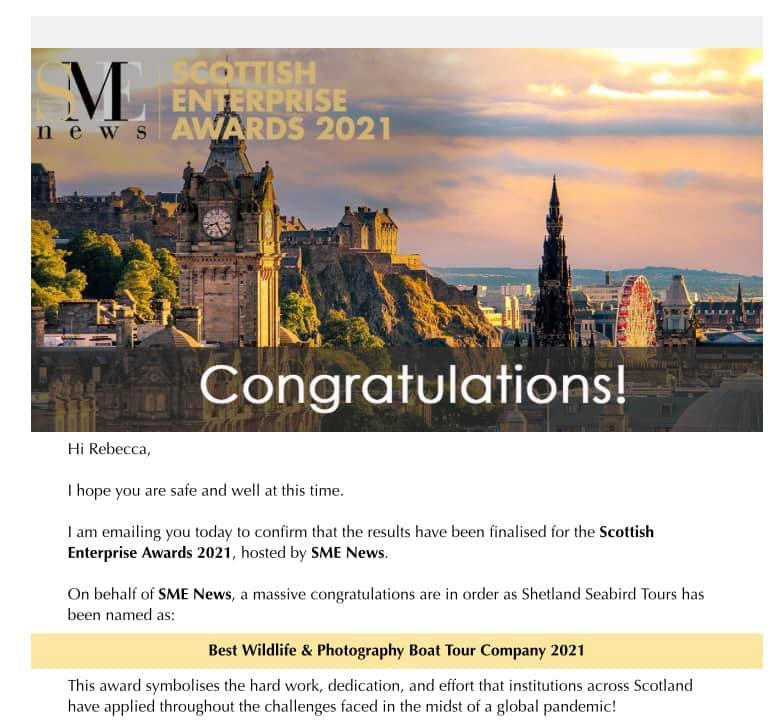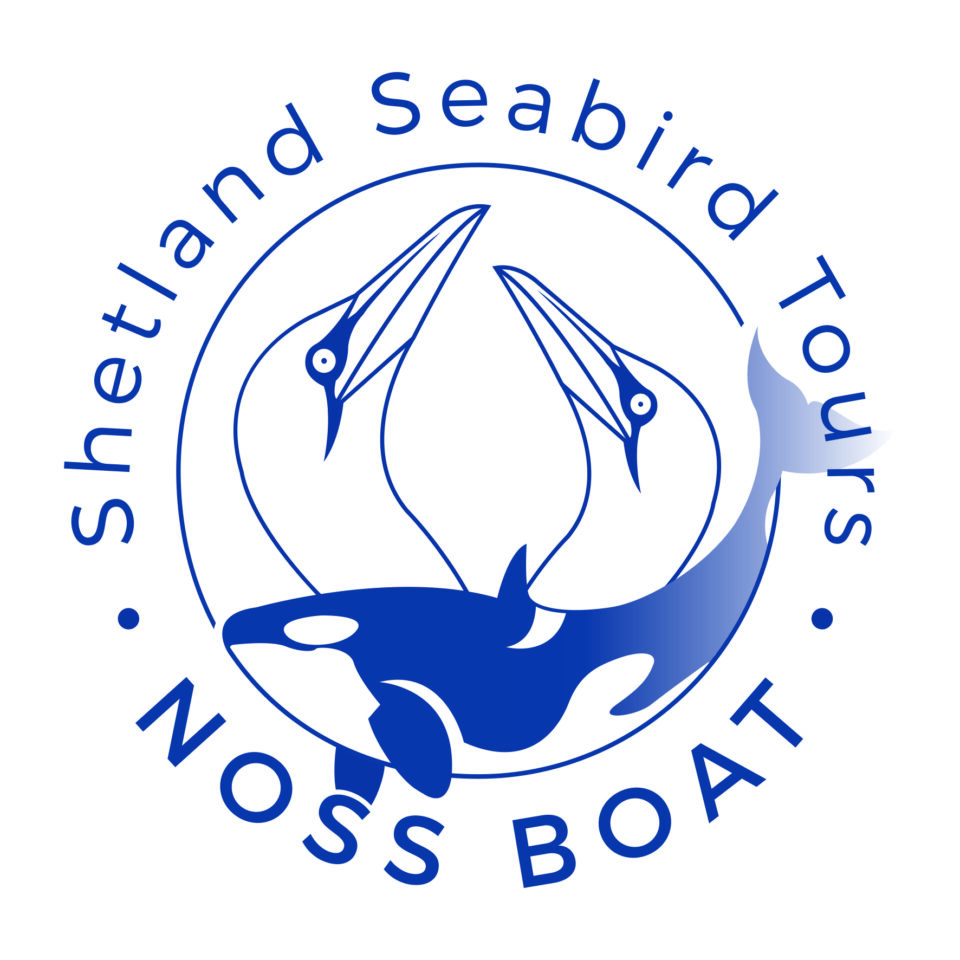Shetland’s Late Summer Seabirds & Cetaceans
We have been good friends as well as work colleagues of Brydon Thomason for many years & been collaborating with his highly successful local wildlife tour company SHETLAND NATURE since we started our own business in 2016. We are delighted that The Noss Boat tours features in all his seasonal group itineraries, & for the first time this summer, we are part of his new Summer Seabirds & Cetaceans itinerary. Check out his website & some of the tour details below:
Holiday overview:
Seven nights’ all-inclusive accommodation
- Small group size of just six to eight guests
- Led by resident naturalist guides who live/work here all year round
- Unique insight into behaviour and ecology of Shetlands Otters
- Exclusive cetacean search boat charter with Shetland Seabird Tours
- Exclusive boat charter to Gannets of Noss NNR with Shetland Seabird Tours
- Peak season for inshore cetaceans such as Minke Whale, White-beaked & Risso’s Dolphin
NEW FOR 2023!
Saturday 5th – 12th August, 2023
We are delighted to launch this unique new tour itinerary, which focuses primarily on three of Shetland’s star wildlife attractions – seabirds, Otters and cetaceans. Focusing on these throughout the latter weeks of the summer is something we do every year on our day tours and bespoke holiday bookings, but this season, it feels particularly appropriate to add it to our holiday program.
Celebrating the amazing vibe and momentum throughout the UK nature community building around the incredible ‘Wild Isles’ series, this itinerary features three of the series headline acts – Gannets, Otters and hopefully – Orca!
For many of Shetland’s species the brief northern breeding season is already ending by August, yet for most, especially sea birds, the season is in full swing. Though Common Guillemot chicks have left their ledges and Kittiwakes are fledging, Gannetries are a raucous hustle and bustle of activity with chicks still a few weeks from fledging and on the clifftops and grassy slopes, Atlantic Puffins are still present in decent numbers, as are the mighty Great Skuas, which are still yet to fledge their chicks and Arctic Skua give chase to Arctic Terns in their dramatic aerial pursuits. This is also peak time for cetaceans, being the time of year we tend to see the widest range of species inshore, particularly those that are following the Mackerel, Herring and Saithe that amass in our waters in this season.
Itinerary
Day One – Arrival dinner and meet/greet
Our week adventure begins on Saturday evening when we meet and greet you at the Sumburgh Hotel. Over dinner as guests and guide become acquainted, we enthuse about the exciting adventure ahead and this is the perfect time to learn about the islands, the wildlife and indeed life in general in Shetland. This is something we feel plays a very important role in your Shetland experience and with all our core season team of guides being resident Shetlanders we take pride in this. Overnight at Sumburgh Hotel
Day Two – Sumburgh Head & Mousa
We begin our voyage of discovery in the South Mainland, at the Royal Society for the Protection of Birds (RSPB) Sumburgh Head reserve, where we hope for our first Puffins of the week. Sumburgh is the ideal setting in which to start to get to know some of Shetland’s breeding birds, with many of our common species close at hand.
This is also the first of several cetacean watch-points that we will visit, where we keep a keen eye off shore for species such as Harbour Porpoise, Minke Whale, Risso’s and White-beaked Dolphin which are all regularly recorded here in late summer, with a decent chance of Orca too. This is also been the peak time to see Basking Shark here too, which will also be on our radar at all watchpoints.
In the afternoon we take the small passenger ferry across to the marvellous uninhabited island of Mousa. The short ten-minute crossing offers one of the best places in Britain to see Harbour Porpoise. Our walk around the RSPB reserve will take us along cliffs that are favoured nesting places for Fulmar and Shag; also Black Guillemot and Gannet may be seen fishing offshore where we have a good chance of cetaceans too. On the walk we will observe lagoons that are a favourite haul out for both Common and Grey Seal. We also pass a small loch, a favourite bathing pool for Arctic Terns and has been known to accommodate a nesting pair of Red-throated Divers. The final highlight of our visit to the island will be to explore Mousa Broch. This almost complete broch (stone tower) stands 13m tall and is the best-preserved example of an Iron Age (c.300BC to 200AD) broch in existence. Overnight at Sumburgh Hotel
Day three – South Mainland & Noss
Today we venture north. Leaving Shetland’s south Mainland we journey north to the north western part of the Shetland Mainland. Before leaving the south, we enjoy a gentle coastal walk while exploring the nearby peninsula of Scatness, Fitful Head and the picturesque tombolo of St Ninian’s Isle beach, each of which offering the opportunity of sea mammals off shore
In the afternoon we join the amazing, multi-award winning Shetland Seabird Tours for the first of the week’s two marine wildlife boat charters onboard the Ayda Ruby II, with naturalist skipper, Phil Haris who takes us out from Lerwick to the spectacular Noss NNR, home to over 18,000 breeding pairs of Northern Gannets. The colonies and towering cliffs are truly awe-inspiring, followed by an exhilarating feeding frenzy offshore. We will also enjoy many other seabirds here, both on the water and in the colonies above.
Once ashore in the late afternoon we make our way north to The St Magnus Bay Hotel in Hillswick, where we will spend the next four nights.
Day four – North Mainland
Today we begin to explore the magnificent and rugged north-western part of Shetland Mainland. From a geological and landscape perspective, this remote corner of the islands is unique and there is much to admire. At Eshaness lighthouse, the breathtaking views of one of Shetland’s most iconic vistas are guaranteed, and an examination of a nearby blowhole is not for the faint-hearted. If the weather is good, we will spend time scanning for whales and dolphins out at sea. Risso’s, White-sided and White-beaked Dolphins, Minke Whales and of course Orca (Killer Whale) can all be seen from here with a bit of luck, a keen eye – and better still – a calm sea! Harbour Porpoises are the most common cetacean and perhaps more predictable, and we should be able to find these at our regular sites.
In the afternoon we venture up onto higher ground, up to the tele communications mast on Collafirth Hill, which shoulders Ronas Hill. At 450 metres above sea level, Ronas Hill is hardly a mountain yet it is the highest point in Shetland. Overnight at St. Magnus Bay Hotel.
Day Five – All About Otters
Unique to Shetland Nature, we will spend the day devoted to one of Shetland’s star wildlife attractions, the Otter! In the absence of Badger or Fox, the Otter takes centre stage. With a higher density than anywhere else in the world, it is little wonder that Shetland has long been recognised as the best place to see and study this wonderful mammal.
It was in fact around this very species that Shetland Nature was evolved, through co-author of Otters in Shetland- the tale of the draatsi’ , Brydon Thomason’s lifelong passion and experience of them. It is little wonder that Otter watching is therefore our signature specialty, and we pride ourselves on the insight and encounters. We have yet to have a group leave disappointed and we have every confidence in our continued success.
Here is one of the many areas that our guests experience first-hand the benefits of our small group size and the leadership of local naturalists. Our approach is based on our unsurpassed knowledge of Shetland’s Otters; where and when to stand the best chance of encounters and most of all how to search and observe without disturbance. We will visit some of the best sites in the islands to give you a unique insight into the secret lives of one of the nation’s most evocative and captivating animals.
Our sensitivity towards Shetland’s Otters is as renowned as our success with guests’ encounters. We operate under a government legislation Schedule 2 license issued by Scottish Natural Heritage. Overnight at St. Magnus Bay Hotel.
Day Six – Unit
Today, for the penultimate full day of the itinerary we journey to the very top of Britain, the island of Unst. Island hopping from Mainland to Yell and again across to Unst, the ferries offer the perfect opportunity to scan the sea for cetaceans.
On Unst we begin our North Isles experience by savouring the rich flora and fauna of Unst and head out onto Hermaness National Nature Reserve. Setting out on foot through the heart of the reserve, we can guarantee ‘up close and personal’ encounters with Great Skuas, known locally as Bonxies, which nest in large numbers on the moorland interior. Reaching the spectacular cliffs on the west side of the reserve, we hope to be first greeted by Puffins before breath-taking views of Muckle Flugga and the most northerly lighthouse in Britain. These and the surrounding stacks and cliffs boast well over 22,000 breeding pairs of Gannets, the largest colony in Shetland.
During the afternoon, we will take our time exploring the lesser known corners of the island and some of our favourite cetacean watchpoints and otter sites and leaving the island, again have a chance of a fin from the ferries. Overnight St Magnus Hotel
Day Seven – Cetacean Search boat charter
Today, on our final full day of the trip we join Shetland Seabird Tours once again for an extended and exclusive marine wildlife adventure. Leaving Lerwick in the morning, we set out specifically in search of cetaceans, with species such as Harbour Porpoise, Minke Whale, Risso’s and White-beaked Dolphin all regularly recorded, and our main target species – not to mention Orca, with a bit of luck.
Being actively involved in the local sightings group, and quite likely, Phil’s up-to-date sightings on their previous days trips on board the Ayda Ruby II we will head out in search of whales and dolphins for the morning.
After lunch and back on dry land, we take time to explore and enjoy central Mainland, visit some of the more secluded side-roads of the East and West, enjoying a leisurely safari-style adventure in search of Mountain Hare, Red Grouse, Otters as well as a cetacean watchpoint or two!
Over dinner in the evening we reminisce about the week we have had, the places we have been and the species we have seen before bidding you a fond farewell, as your holiday comes to an end after Breakfast the following morning. Overnight Sumburgh Hotel.
Booking – Holiday Dates
Principal Tour Guides
| Saturday 5th August to Saturday 12th August, 2023 |
Private Tour Options: This holiday can also be arranged exclusively for private booing for couples, families or small groups.
Contact us for information and cost proposal for your own exclusive/tailor-made holiday. Email: info@shetlandnature.net
Additional holiday information:
- Read about the hotels we use – view our hotel providers.
- All meals, accommodation, guiding fee’s and excursions as well as ferry fares and transport are included in package cost.
- All boat trips are subject to weather availability.
- Not included in cost are items of a personal nature or hotel bar tabs nor is travel to and from Shetland included.
- No single supplement charged.
- On booking please advise of any special requirements medical or dietary.
- Throughout the holiday some of the activities will potentially involve walks of up to three or four miles (maximum in a day) and at times over uneven terrain. A reasonable level of fitness is advised however this is run at a leisurely pace. We can also provide holidays at an even more leisurely pace; please contact us for details.
- Please note that all itineraries are subject to change but guests will be advised in advance should it be necessary to make any major changes.


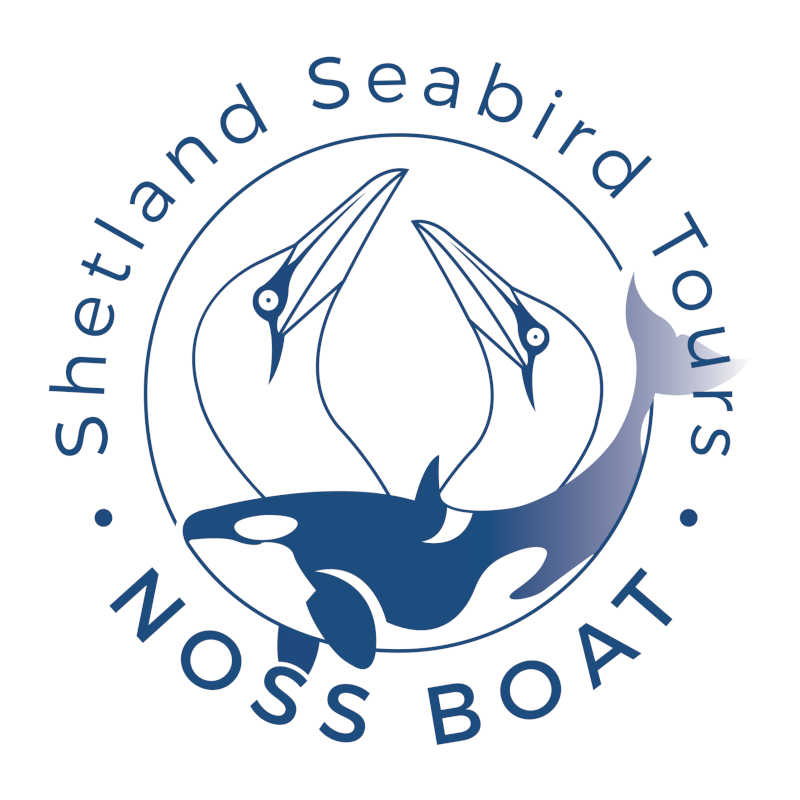
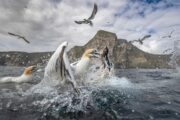
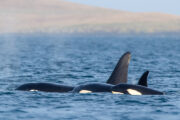
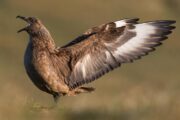
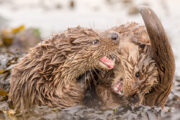
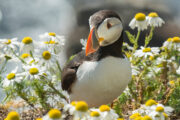
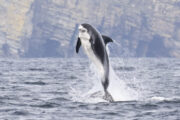
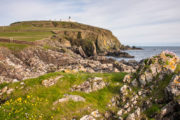
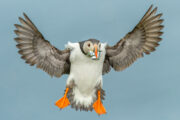
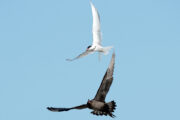
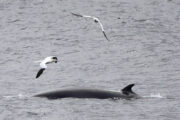
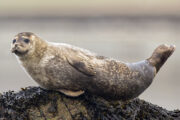
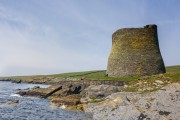
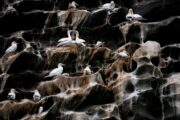
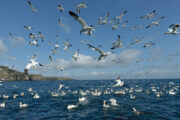
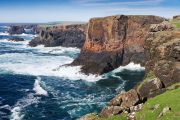
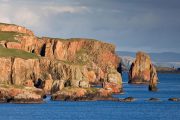
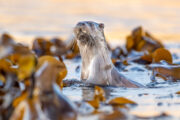
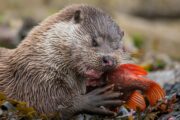
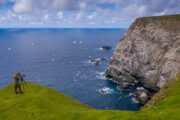
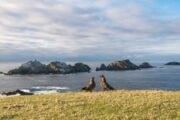
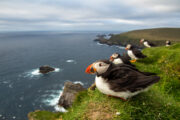
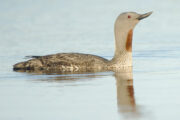
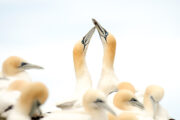
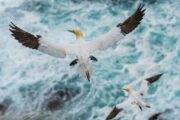
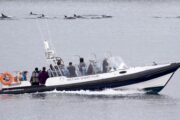
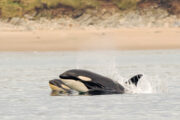
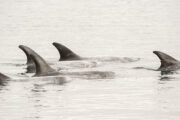
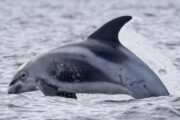
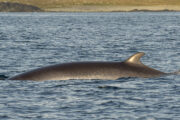
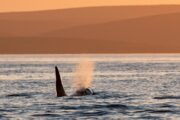


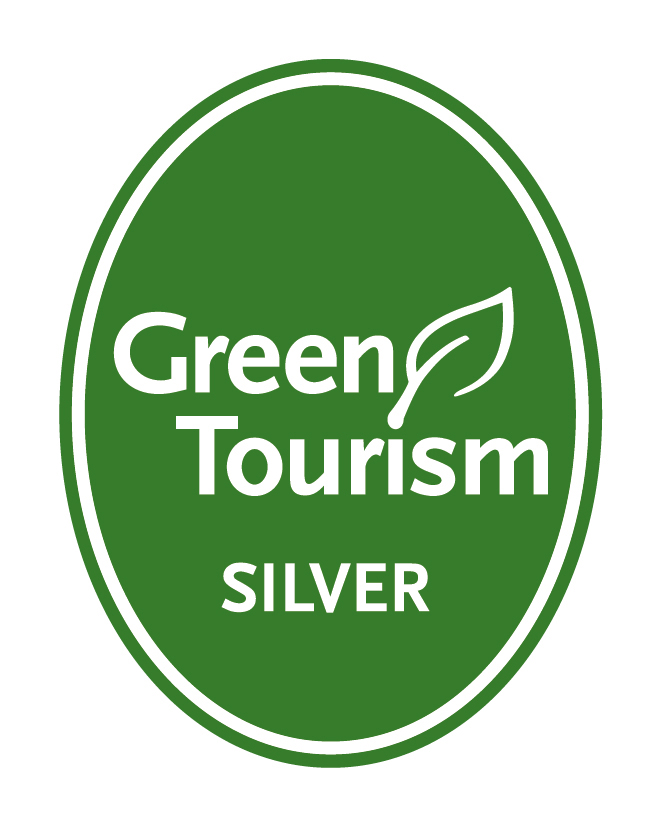

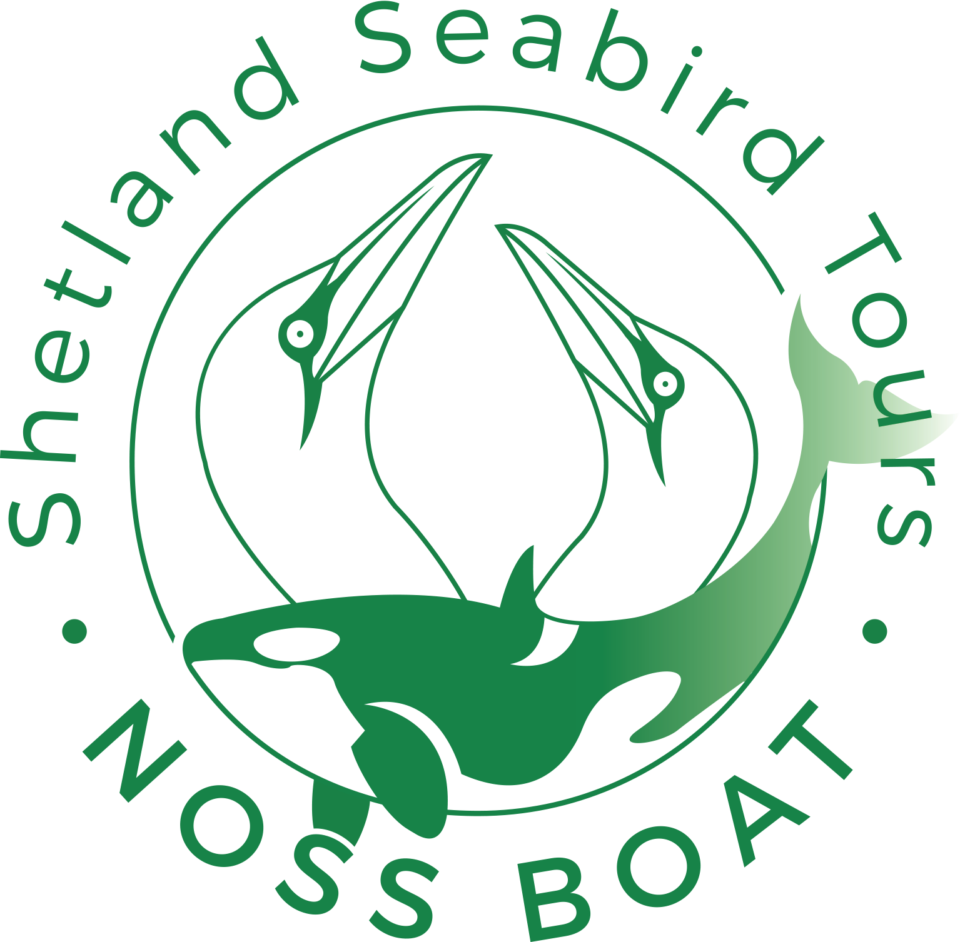
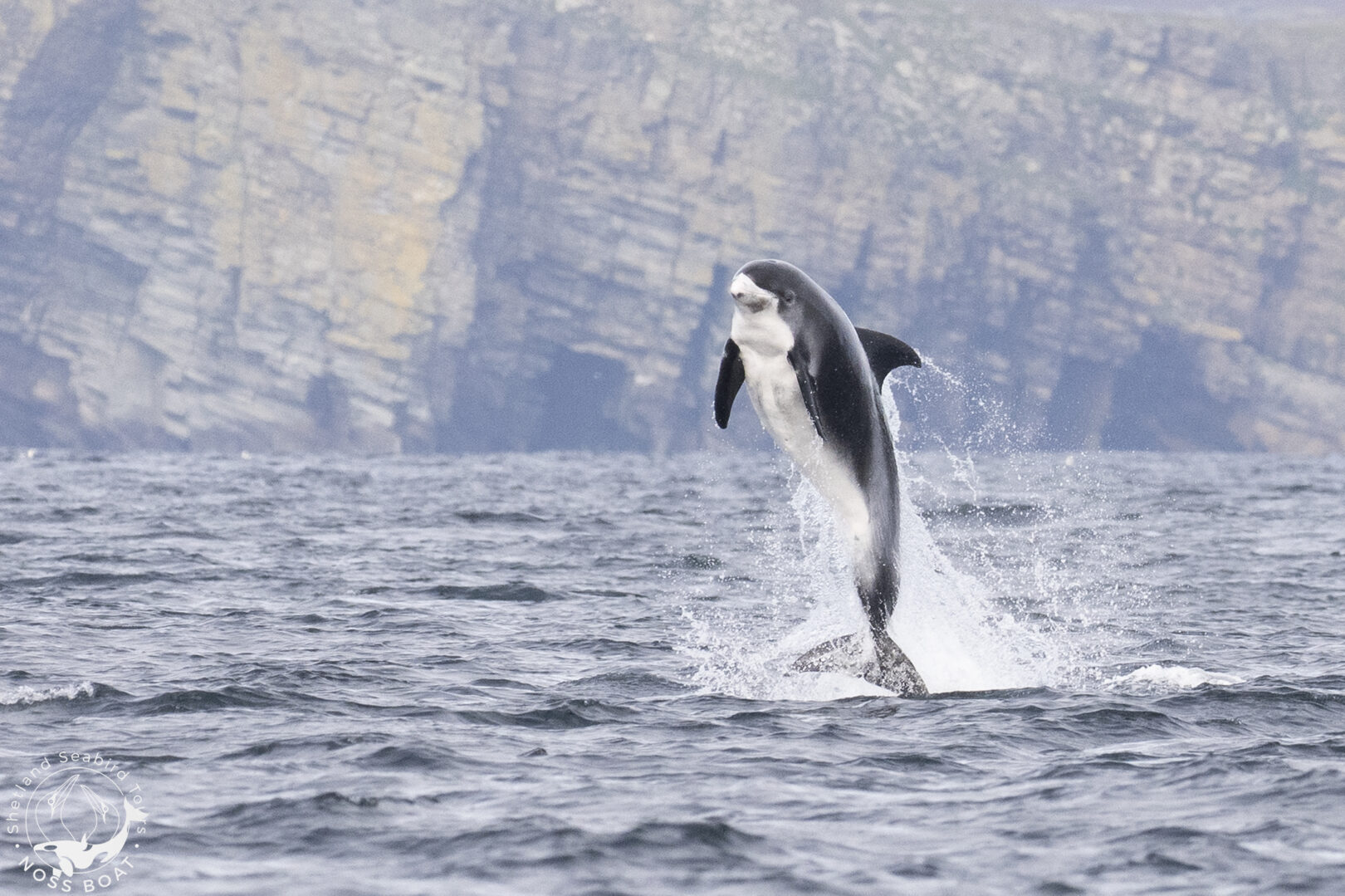
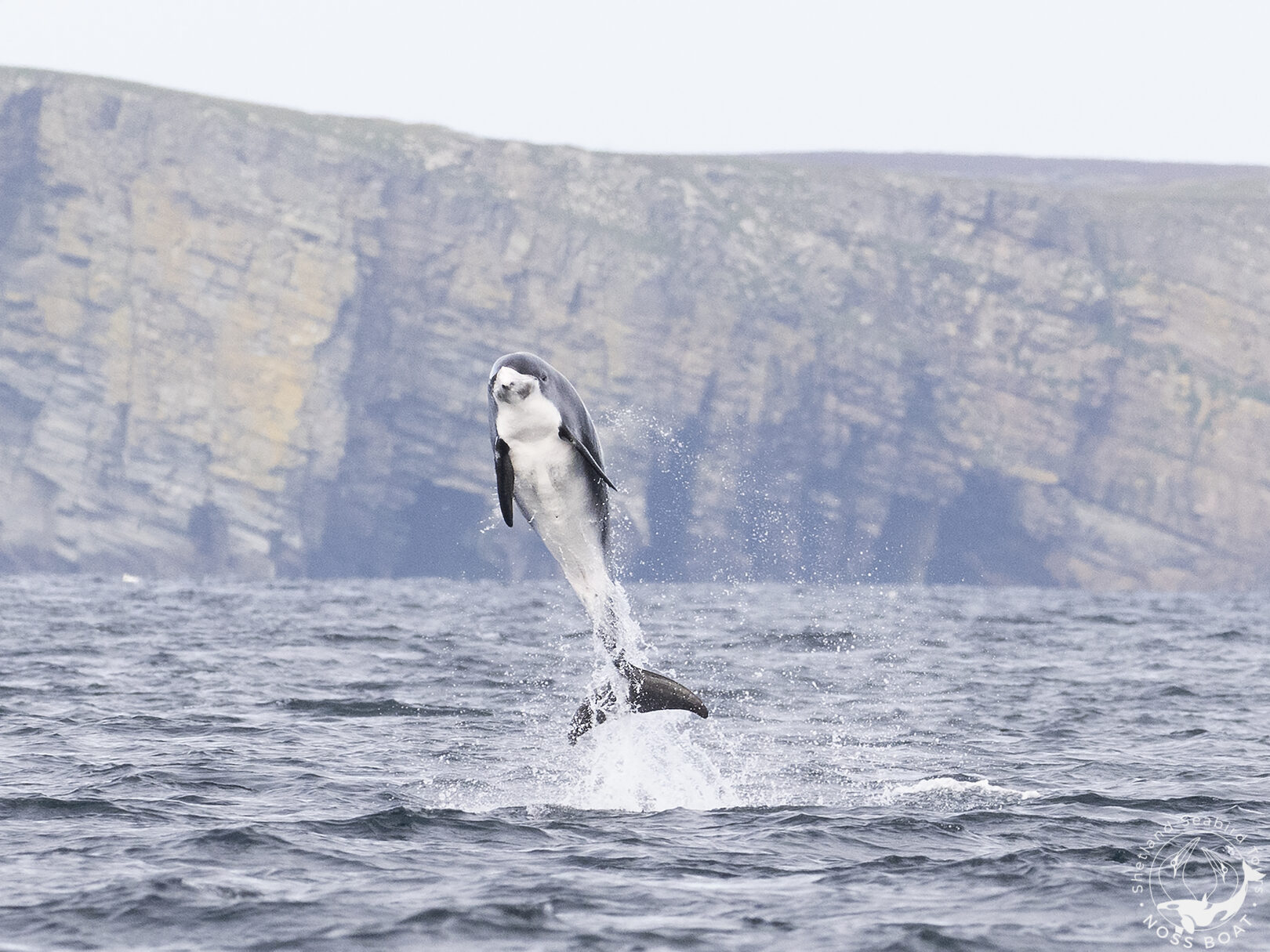
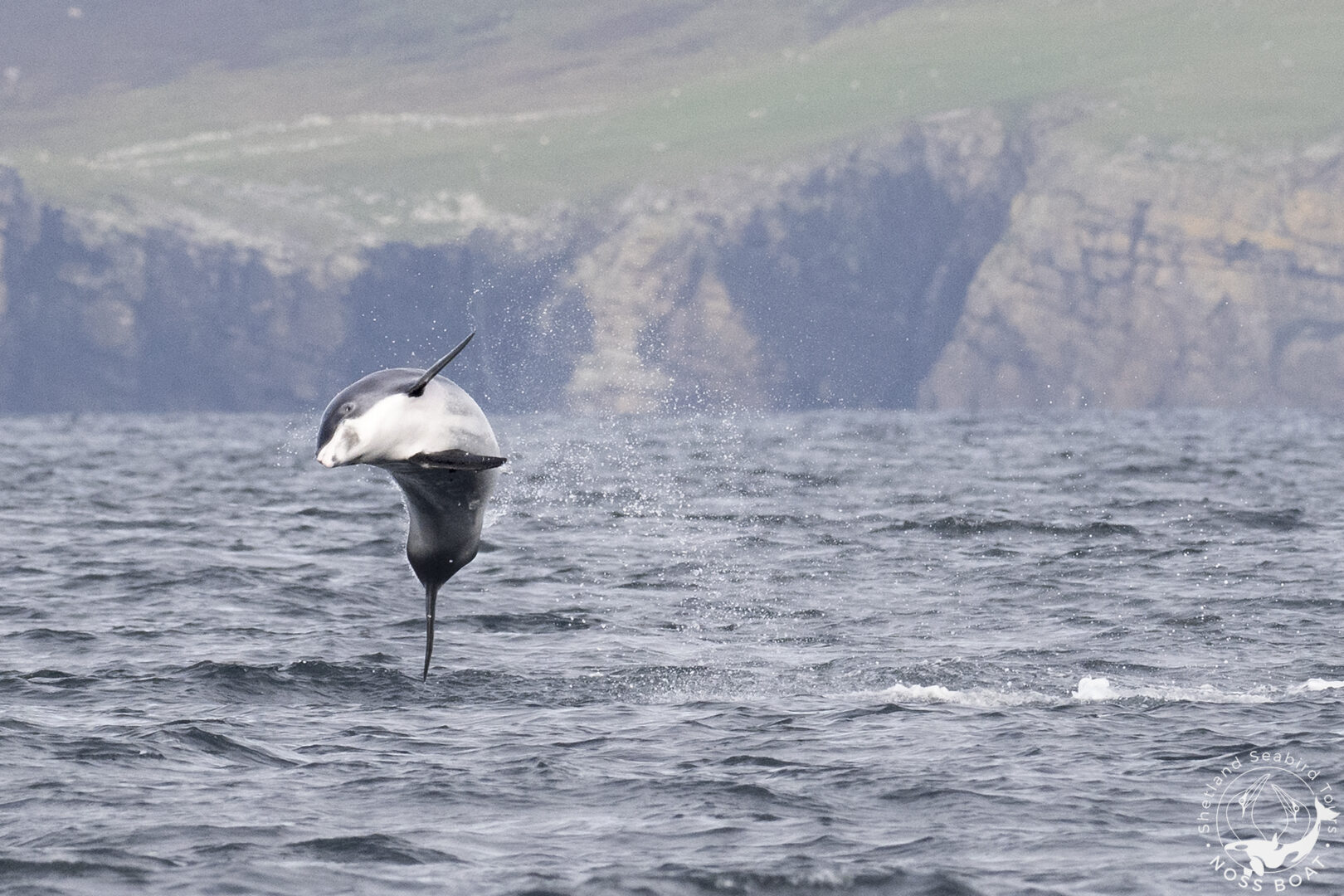
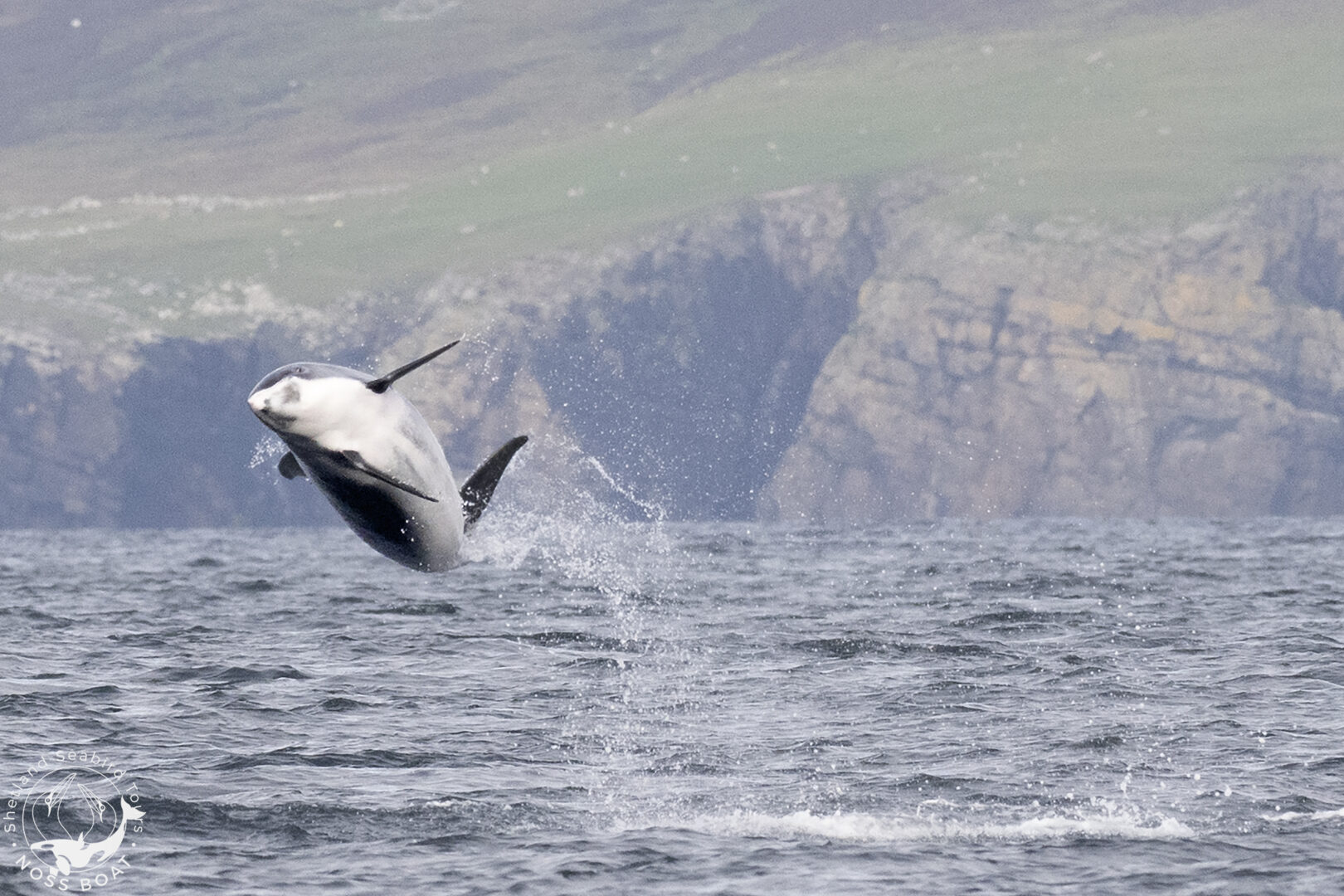
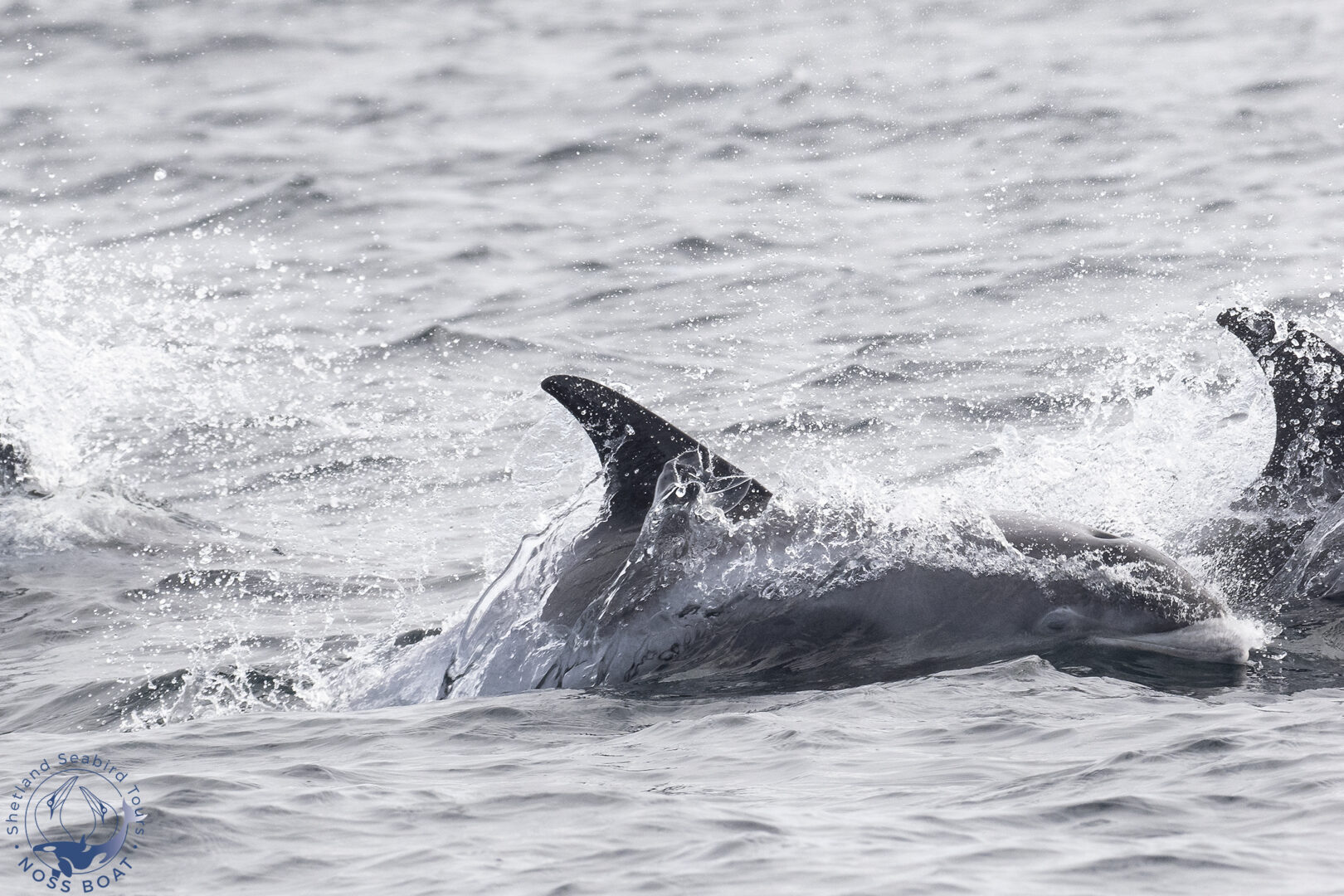
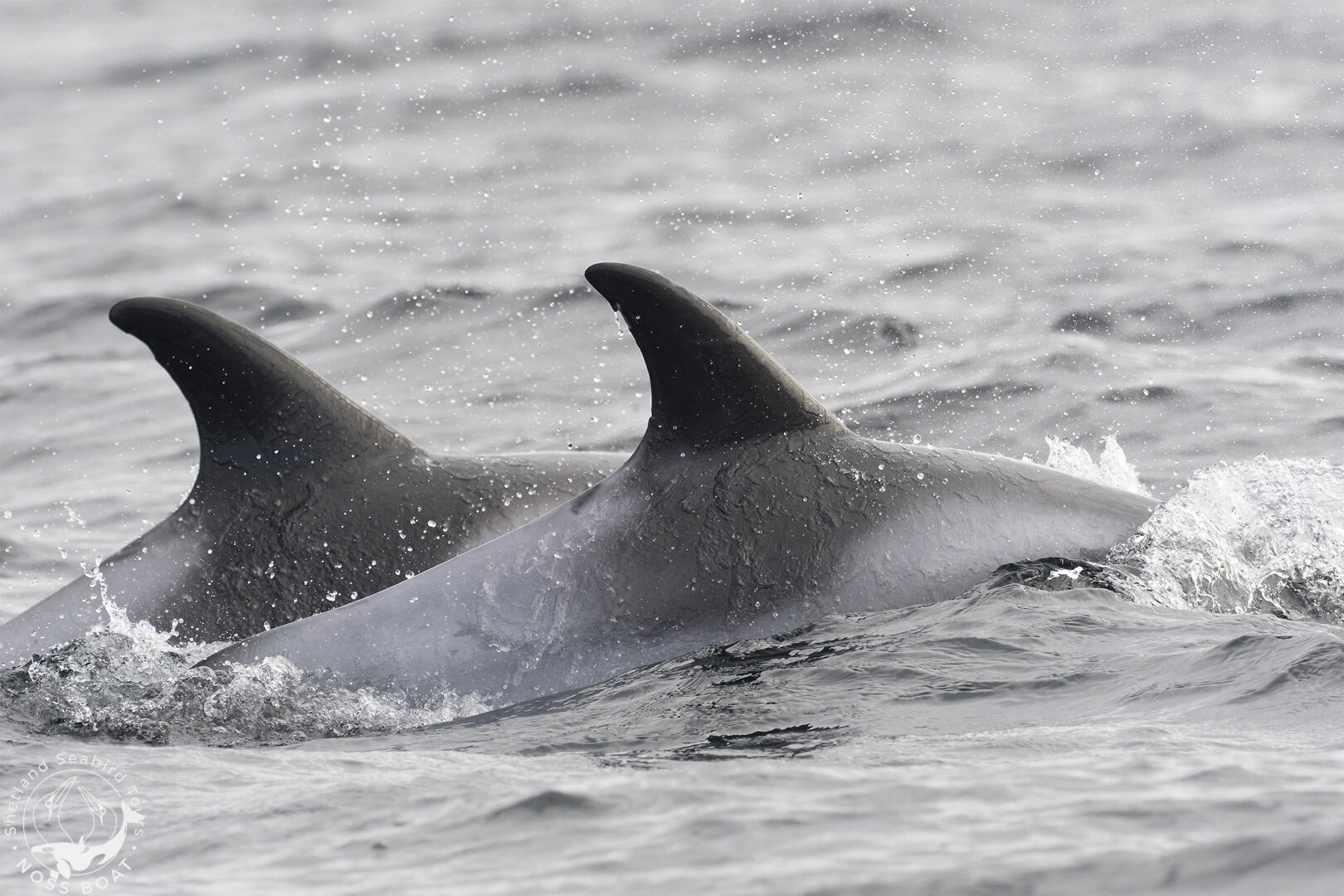
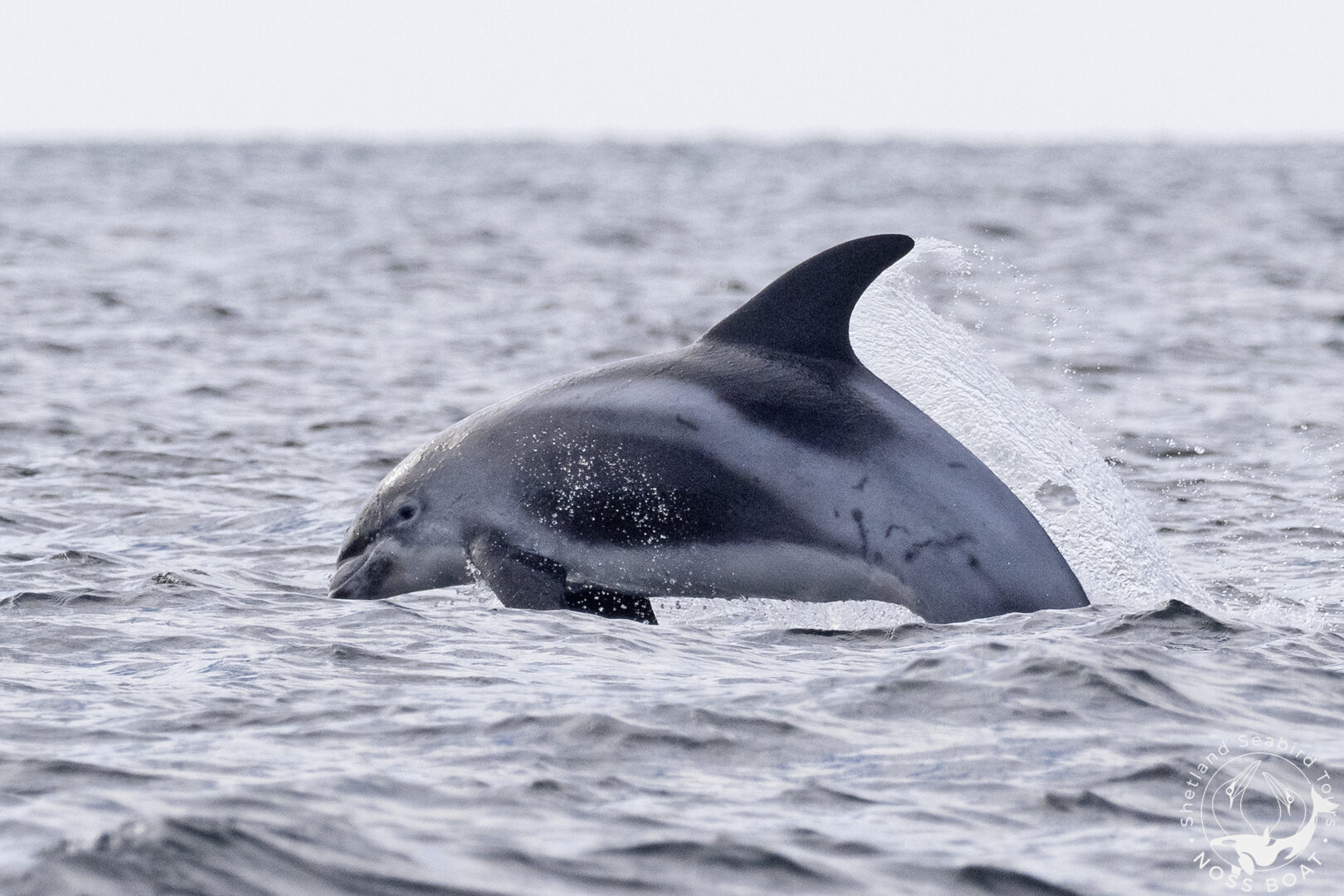
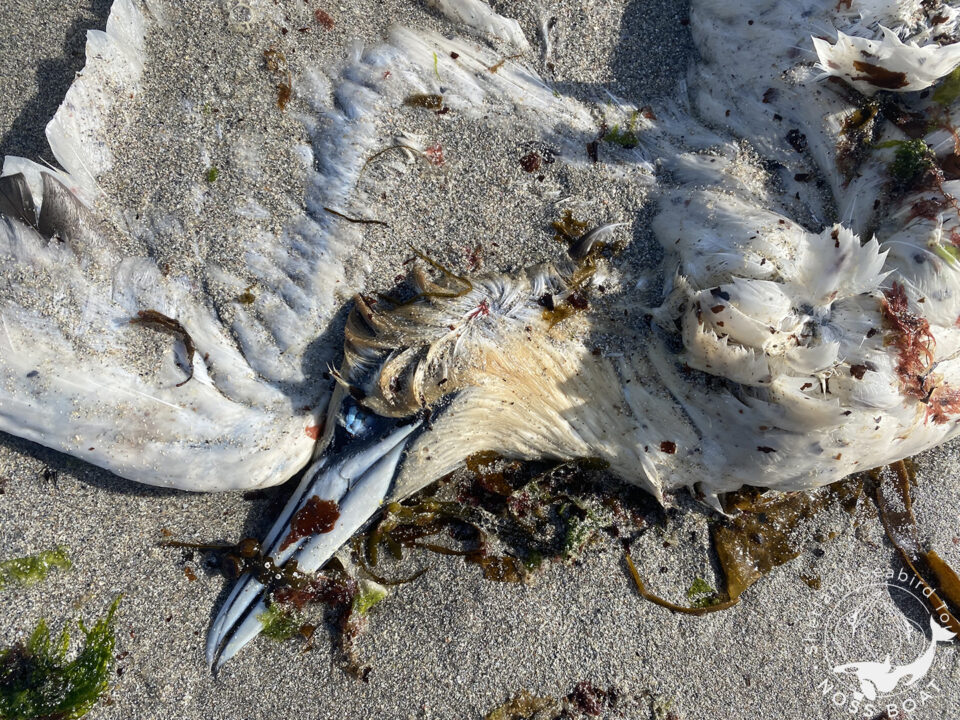


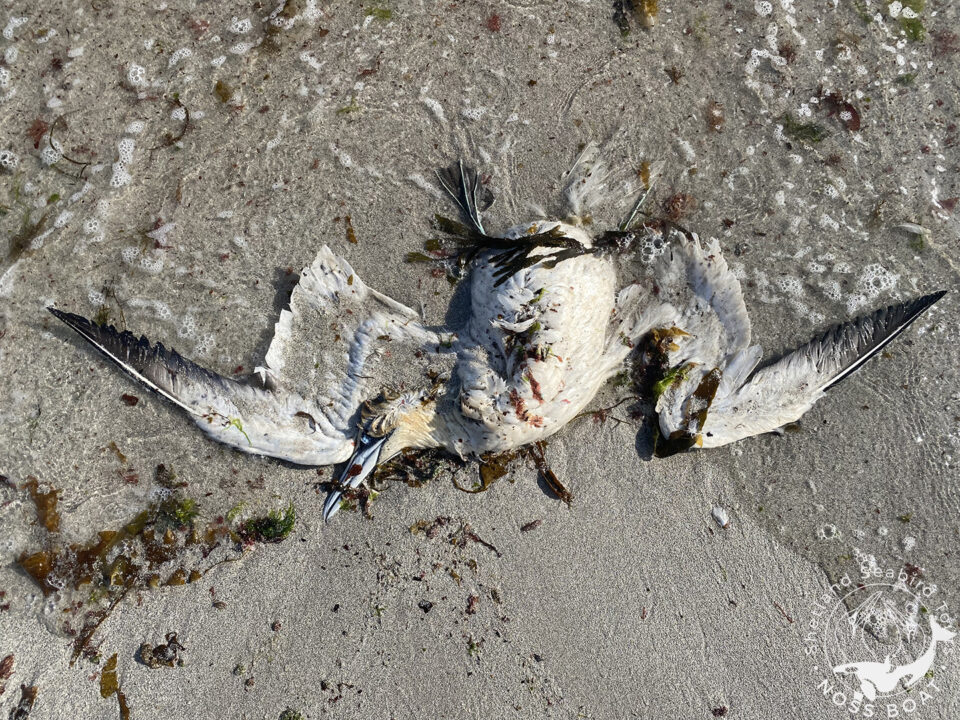
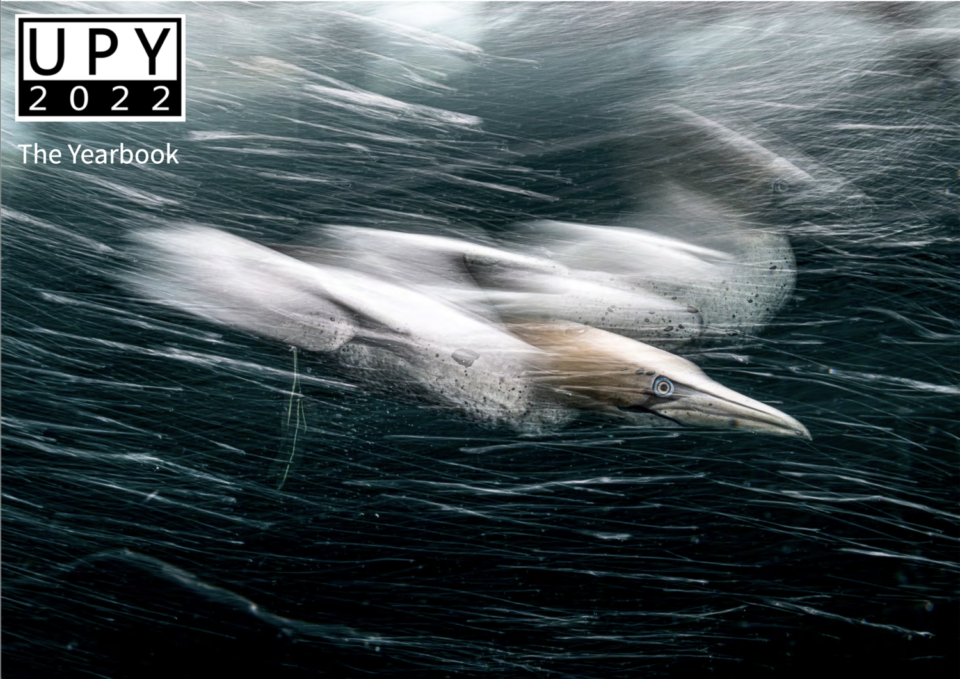
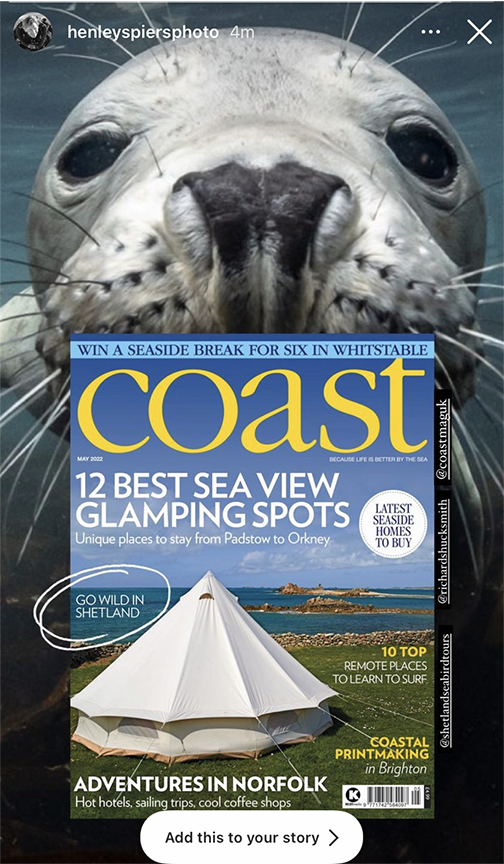
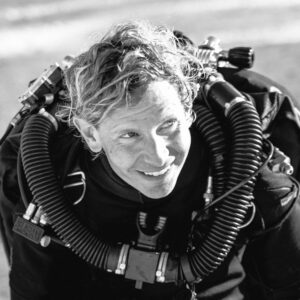 ABOUT
ABOUT